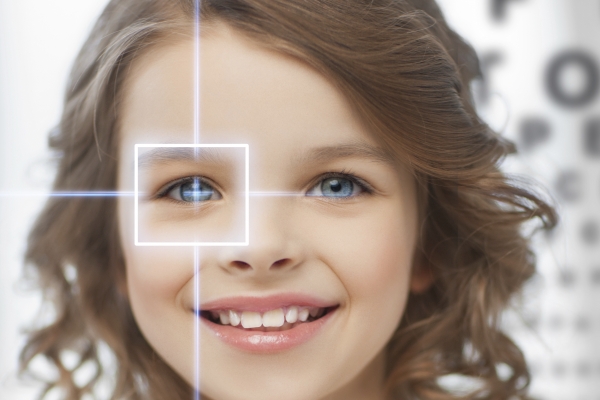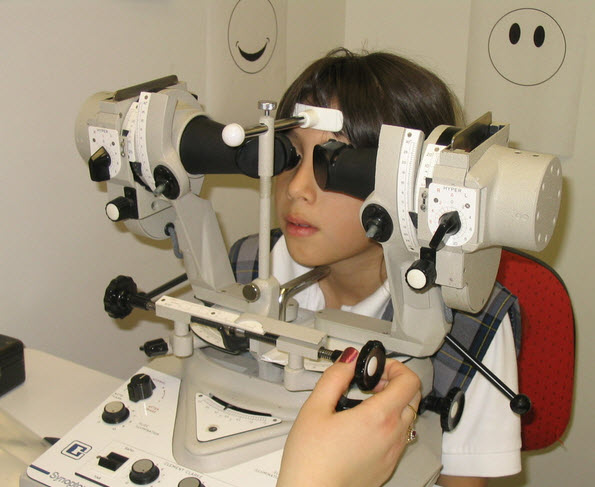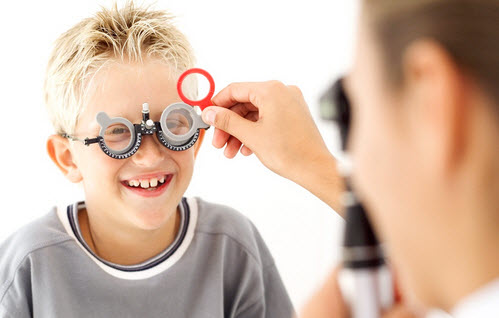Vision therapy is one of the most controversial concepts in vision care. It is an individualized treatment program that can improve visual skills and abilities such as visual comfort, clarity, efficiency, stereopsis, binocular coordination, visual acuity, depth perception, fixation skills, visual processing and interpretation of visual information. Vision therapy sessions include non-surgical procedures designed to intensify the brain’s ability to control and coordinate eye alignment, focusing abilities, eye movements and eye teamwork. It is very crucial to understand that vision therapy is another form of neurological training or rehabilitation therapy. In case of learning disabilities in children, vision therapy is directed toward rectifying visual problems that interfere with learning, reading and educational instruction. Approximately 20% of school going children may be affected to some degree by learning related vision disorders, whereas 70% of the students have a prominent visual component to their learning problems. This article will help you know more about vision therapy so you can make the right decision regarding its practical progress on your child.
Types of Vision Therapy
Vision therapy is a non-surgical and customized eye training program that is performed under the supervision of eye care professionals. It is done to correct vision problems and improve visual skills. This therapy can include the use of prisms, lenses, filters, computerized visual activities and non-computerized viewing instruments. Successful treatment outcomes are achieved through this therapeutic process solely depends on the active participation of the eye doctor, the vision therapist, the patient (children) and their concerned parents. The following are the two types of vision therapies.
-
Orthoptics Vision Therapy
The term “Orthoptics” means ‘straightening the eyes’. It dates back to the 1850s and is limited to techniques for training eye muscles for the purpose of straightening eyes that are formed due to abnormal eye alignment such as strabismus. This vision therapy is not used for treating a wide range of vision problems. It is emphasized mainly on eye alignment and eye muscles. Orthoptics Vision therapy aims to change automatic behaviors of the entire eye to produce a long lasting cure.
-
Optometric Vision Therapy
Most of the vision therapies that are performed in the United States are monitored and prescribed by an experienced optometrist. So it is named ‘Optometric Vision Therapy.’ An Optometrist, who is specialized in vision therapy, especially in children’s vision and vision development, can be called a pediatric optometrist, developmental optometrist or behavioral optometrist.

Eye Conditions Treated with Vision Therapy
Unlike contact lenses and eyeglasses that correct vision problems or an eye surgery that changes the anatomy of the eye or surrounding eye muscles, vision therapy aims to treat the entire visual system to correct various eye conditions. Abilities such as visual perception, visual development and function can be successfully improved through vision therapy in children.
Here are few eye conditions that are primarily treated with vision therapy.
- Strabismus: The performance of vision therapy for strabismus affected children depends on the magnitude, frequency and direction of eye turn. This therapy has been proven very useful for treating a specialized intermittent form of strabismus called convergence insufficiency. In this condition, the eyes are not aligned properly, which affects the ability of looking at distant objects. This eye condition can be perfectly treated with the vision therapy program.
- Amblyopia: This eye condition is also called “lazy eye.” It is a vision development issue where an eye fails to attain standard visual acuity due to strabismus condition or other problems of eye teaming. This condition can be successfully treated with vision therapy.
- Binocular Vision Problems: Acute eye alignment problems such as phorias can be corrected or minimized with vision therapy. In this condition, there will be a significant effect on visible eye turn that causes eye strain and fatigue while reading. Frequent sessions of vision therapy can resolve this eye problem.
- Accommodative or Focusing Disorders: Near and far focusing vision skills can be improved quickly with vision therapy training program. It has been proven scientifically.
- Eye movement disorders: Many studies have demonstrated that vision therapy can improve the effectiveness and accuracy of eye movements when used during reading or doing close-up
- Other Problems Associated with the Brain: Other vision problems such as visual perceptual disorders, problems associated with developmental disabilities and acquired brain injuries like a stroke can be treated well with vision therapy.
Self-help vision improvement training programs promise that you can “throw away your glasses” after undergoing a series of vision therapy sessions. The overall goal of vision therapy for children is to treat vision problems and train the child’s brain to coordinate eye use and receive information effectively and appropriately.
Image Credits: cedarcrestvision.com, cours-galien.fr
